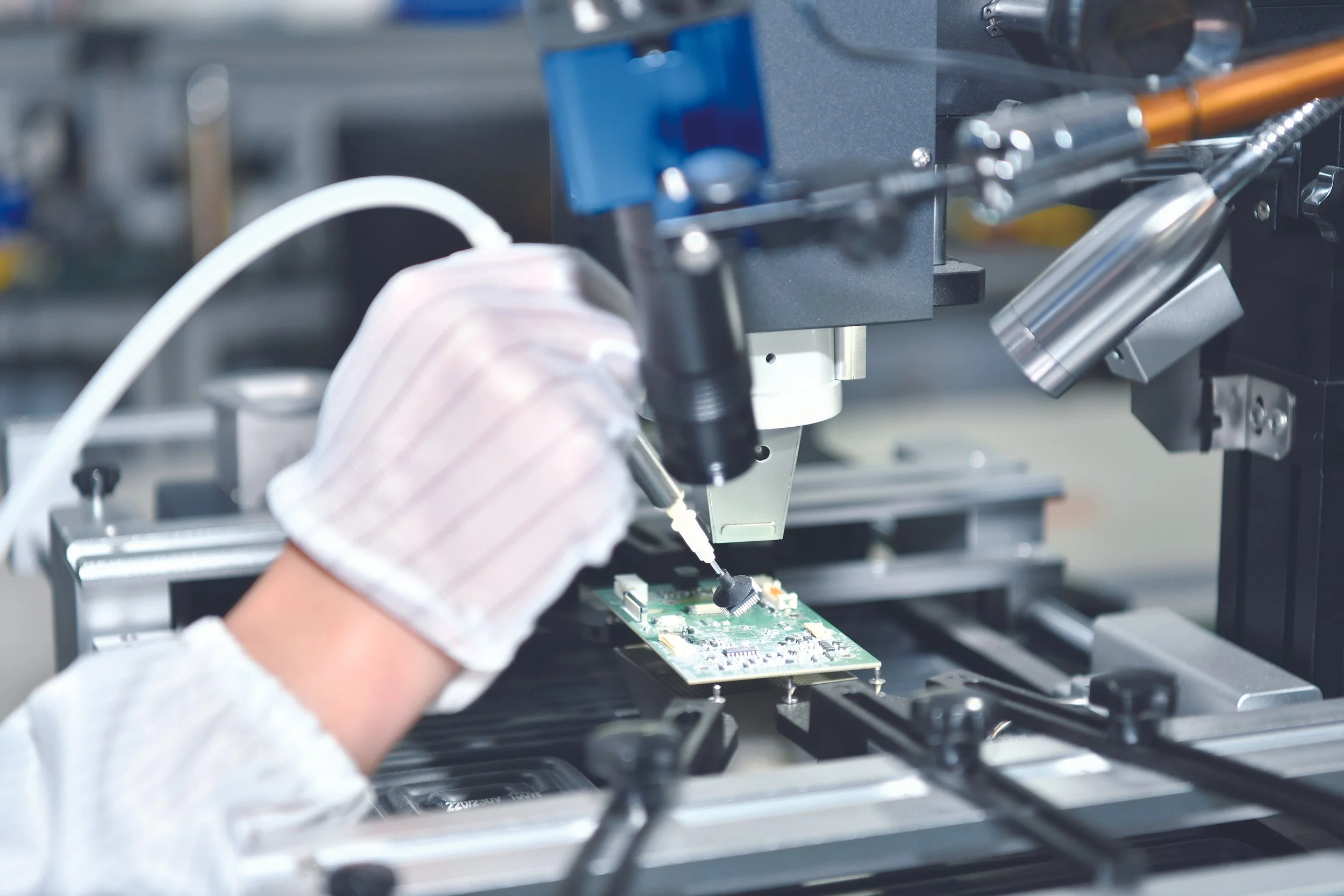HOW DOES XRF WORK?
X-Ray Fluorescence Spectroscopy, uses the refraction pattern of X-rays to determine the elemental composition of complex materials.
Steps:
EXCITATION: The sample material is exposed to X-rays. The X-ray energy is absorbed by lower-orbital electrons, causing them to eject from the atom entirely.
EMISSION: Higher-orbital electrons dump energy to fill in the gap left in the lower orbit.
DETECTION: The fluorescent X-rays emitted by this energy dump is detected by the device detector.
ANALYSIS: Each element has a unique X-ray emission pattern. Our digital signal processors and XRF algorithms work to determine the element ID based on this emitted pattern.
HOW DO OUR DEVICES HELP YOU?
ALLOY ANALYSIS
On-the-spot quality control checks
Identify bad alloy shipments before they cause problems
Save time from laboratory testing
Non-destructive
MINING
Exploration
Survey large areas with immediate results
No need to collect and mark samples for the lab
Ore Analysis
On the spot ore analysis allows veins to be tracked easily
No need to break off samples, testing can be conducted in-situ
ECOLOGICAL SURVEY
Heavy metal contamination detection: lead, arsenic, cadmium, mercury
Large area environmental compliance surveys
Agricultural land fertility surveys
RoHS COMPLIANCE TESTING
Screen for lead, mercury, cadmium, hexavalent chromium, PBB, PBDE and other hazardous materials at levels acceptable by RoHS standards
Non-destructive, essential for high value goods
Screen repeatedly with no need to wait for lab results



